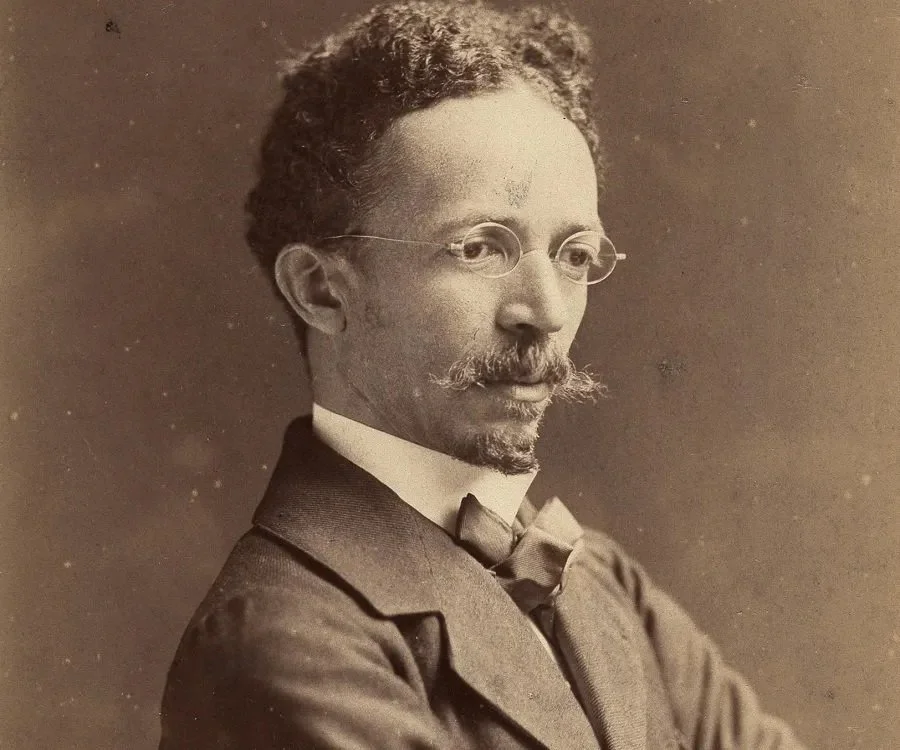Part I: The Origins of Black Impressionism
Untitled (Landscape) (Year unknown) by Allan Randall Freelon, Sr. Oil on board.
Close your eyes and picture the hazy, dreamlike light of the French countryside, the dappled sun through the leaves at Argenteuil, the shimmering reflections on the Seine. You're seeing a world built by Monet, Renoir, and Degas—a revolution in perception, captured in a thousand shades of European light. Impressionism. But this is only one gallery in a much larger story, a prologue that has stood in for the entire volume.
The Parallel Narrative
While Parisian cafes buzzed with debates about brushwork and color theory, a parallel narrative was unfolding—born not of leisure but of necessity. For a group of pioneering Black artists, the techniques of Impressionism were a language of liberation, a way to articulate dignity and presence on their own terms. They arrived in Paris as pilgrims, seeking an artistic haven far from the stifling racial prejudices of the United States. There, amidst the same cityscapes that inspired the French masters, they began to forge a legacy written in the very same light, yet seen through an entirely different lens.
Artistic and Personal Exile
Raising of Lazarus or Resurrection of Lazarus, by Henry Ossawa Tanner. (1896)
Henry Ossawa Tanner, whose journey reads as both an artistic and personal exodus, fled the relentless, institutionalized racism of late 19th-century America, where opportunities were denied to him solely because of his skin color. In Paris, he found more than new architecture to paint; he found a new reality. He immersed himself in a city he described as a "perfect race democracy," where talent, not skin color, would define his destiny. Though trained academically, the spirit of Impressionism—its radical focus on the fleeting sensory moment—seeped into his soul.
Henry Ossawa Tanner.
Henry Ossawa Tanner, The Banjo Lesson, (1893).
In The Banjo Lesson, Tanner transforms the scene with an almost spiritual light that seems to emanate from within the canvas itself. His The Resurrection of Lazarus, a masterclass in mood and luminous shadow, earned a prestigious medal at the Paris Salon. Purchased by the French government, it cemented his life in France, where he could weave his American perspective and deep spirituality into the very fabric of European modernism.
Bringing Impressionism Home
As Tanner established his legacy abroad, the seeds of this adapted Impressionism were taking root in the United States, nurtured by artists like Allan Randall Freelon, Sr. In Philadelphia, Freelon became a vital conduit for the movement’s principles, filtering them through a distinctly American experience. His harbor scenes, particularly those of Gloucester, Massachusetts, are symphonies of broken color—the water a dazzling mosaic of turquoise and violet, the boats rendered with lively brushwork that captures the very feeling of salt-kissed air and bright coastal light. His work translated the Impressionist vision to reflect the unique clarity and vigor of the New England atmosphere.
Allan Randall Freelon, Sr.
Untitled (Harbor) (c. 1940) by Allan Randall Freelon, Sr. Oil on board.
Beyond his artistic contributions, Freelon’s role as the first African American art supervisor for the Philadelphia School District ensured that the transformative power of art and color reached a wider audience, making Impressionism a vibrant, living practice in Black America.
Paris: The City as Sanctuary
To understand the profound significance of this artistic migration, we must look beyond the canvases to the city that made them possible. Paris offered more than subject matter; it provided an atmosphere of unparalleled freedom. For artists like Tanner, who faced limited opportunities and overt exclusion from the American art establishment, the city was a sanctuary where the constant burden of racial prejudice was, if not erased, significantly lifted. This liberation nurtured creativity, allowing them to develop a cosmopolitan style that blended their unique perspectives with the technical innovations of European modernism.
Conclusion / Teaser for Part II
The story of Black Impressionism does not end with Tanner and Freelon. Their legacy laid the groundwork for generations of artists who continue to reinterpret the language of light, color, and brushwork to tell new stories. In Part II, we will explore how contemporary voices like Lynette Yiadom-Boakye and Paul Verdell carry this luminous inheritance into the present day, reshaping Impressionism to reflect Black life, identity, and imagination in the 21st century.



